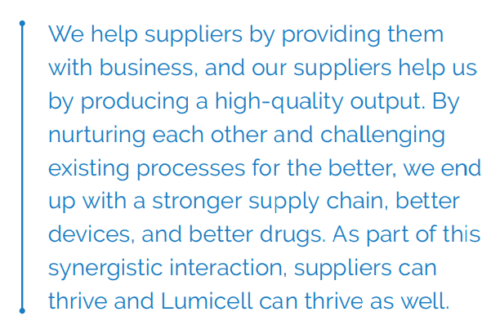An organization’s mindset is expressed in its culture—the explicit and implicit norms, attitudes, and behaviors that govern how people interact and how work gets done. Rather than being imposed from the top down, an organization’s culture is created from the ground up by the people who work there.
This means that hiring the right people is key to creating and maintaining a culture of innovation.
While traditional views surrounding innovation often dwell on a few visionary leaders, the burden of innovation needs to be distributed. That means hiring people who are empowered and motivated to innovate or solve problems in new ways. It also means creating and maintaining a work environment that fosters open dialogue, fails fast, and embraces the introduction of new ideas and perspectives. Putting together a team of innovators does not mean hiring people all cut from the same cloth. Instead, it calls for hiring with an eye to diversity: of background, culture, age, and skill sets. Arena provides product lifecycle management (PLM) software to many companies pushing the envelope of innovation. As Arena’s Principal Customer Success Manager Kraig Clark put it,
“Innovation thrives with the right mix of employees. You need both mature, seasoned leaders and youthful, creative employees that are not bound by traditional business constraints. And you need a flat organization that disrupts hierarchy and fosters collaboration”.
With this type of culture—openness, collaboration, and diversity—employees will think outside the box to solve problems and create new solutions or unique approaches that spur creativity and innovation.
The right systems (technologies, platforms, solutions, enablers)
To produce complex products that increasingly resemble or rely on connected networks and platforms, an organization needs systems that harness complexity. Global product companies require a system of design partners, suppliers, and manufacturers to help realize their vision. They also need a single platform to allow both formal and informal processes to facilitate real-time, transparent collaboration between internal teams and extended supply chain partners. Finally, innovative product companies need to bring together complementary technologies and multidisciplinary solutions into a single platform or single source of truth for everyone involved.














 Kymeta’s technology is used by people in harm’s way. The performance of Kymeta’s satellite terminals can mean the difference between life and death. This reality drives Kymeta’s mindset, a mindset focused on continuous improvement and innovation and a never-ending quest for a better product. Behind all this stands the core belief that “What we do is important,” as Kymeta’s Sam Christensen put it.
Kymeta’s technology is used by people in harm’s way. The performance of Kymeta’s satellite terminals can mean the difference between life and death. This reality drives Kymeta’s mindset, a mindset focused on continuous improvement and innovation and a never-ending quest for a better product. Behind all this stands the core belief that “What we do is important,” as Kymeta’s Sam Christensen put it.
 As Lumicell’s Senior Vice President of Quality Ben Locwin explained, “In many ways, we are a virtual company since we do some assembly on site and lots of testing, but we don’t manufacture our devices or drug products (e.g., the contrast dye). We rely on suppliers for fabrication of the device and for the starting materials to use in the drug product. And so it becomes incumbent upon us to stringently monitor our supply chain.”
As Lumicell’s Senior Vice President of Quality Ben Locwin explained, “In many ways, we are a virtual company since we do some assembly on site and lots of testing, but we don’t manufacture our devices or drug products (e.g., the contrast dye). We rely on suppliers for fabrication of the device and for the starting materials to use in the drug product. And so it becomes incumbent upon us to stringently monitor our supply chain.”